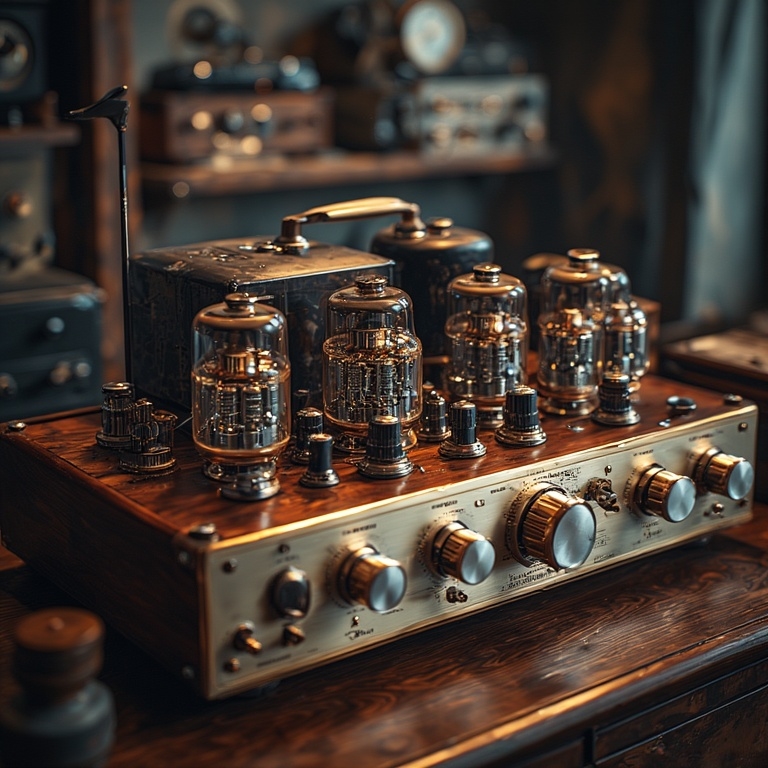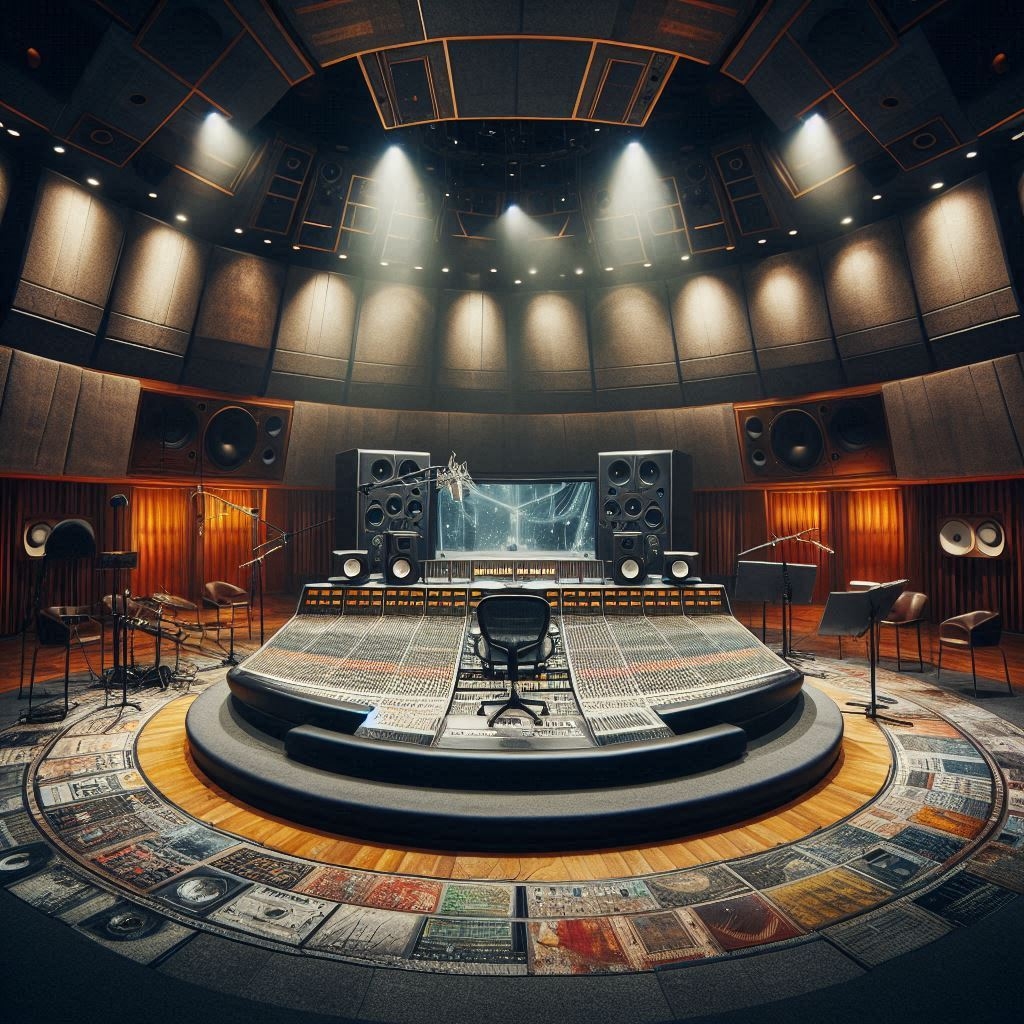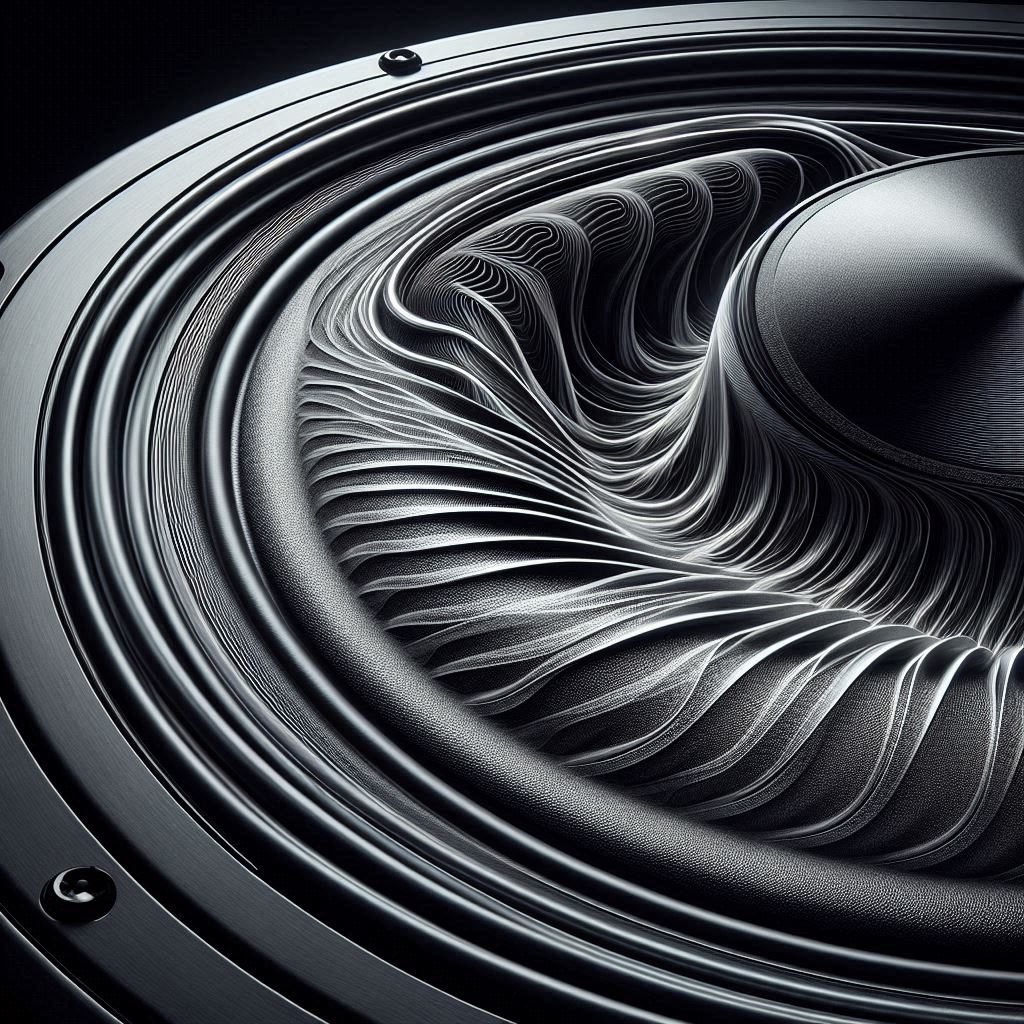The Battle for Superior Sound Quality Under Speakers
Setting the Stage for Sound
When it comes to achieving the ultimate audio experience, every detail matters – including the type of flooring under your speakers. Both carpet and wooden floorboards possess unique characteristics that significantly influence sound quality.

Carpet vs. Wooden Floorboards
Setting the Stage for Sound
When it comes to creating the perfect audio experience, the type of flooring in your space can play a significant role. Both carpet and wooden floorboards have their unique characteristics that can influence sound quality. Understanding these differences can help you decide which flooring option is best suited for your audio setup.
The Acoustic Characteristics
Carpet – Soft and Absorptive
Carpet is known for its soft and absorptive qualities, which can have a notable impact on sound. It tends to dampen and absorb sound waves, reducing echo and reverberation. This can create a more controlled and quieter environment, preventing sound from bouncing around the room.
Wooden Floorboards – Hard and Reflective
Wooden floorboards, on the other hand, are hard and reflective. They allow sound waves to travel and bounce more freely, which can create a livelier and more vibrant audio experience. However, this can also lead to increased echo and reverberation, potentially muddling the sound if not managed properly.

Impact on Bass and Low Frequencies
Carpet – Reducing Boomy Bass
Carpet can help in taming boomy bass frequencies. Its absorbent nature can reduce the low-frequency buildup that often occurs in rooms with hard surfaces. This can result in a tighter and more controlled bass response, which is ideal for genres of music that require precision and clarity.
Wooden Floorboards – Enhancing Bass Presence
Wooden floorboards, with their reflective nature, can enhance the presence of bass frequencies. This can be advantageous for those who enjoy a fuller and more impactful bass response. However, it’s important to manage the room acoustics carefully to avoid excessive bass buildup that can overpower other frequencies.
Mid and High Frequencies
Carpet – Smoothing Out Harshness
Carpet’s ability to absorb sound waves can also benefit mid and high frequencies. It can smooth out any harshness or sibilance, creating a more pleasant listening experience. This is particularly beneficial for rooms with bright or hard-sounding audio systems.
Wooden Floorboards – Clarity and Detail
Wooden floorboards can bring out clarity and detail in mid and high frequencies. The reflective surface can enhance the brightness and openness of the sound, making it more dynamic and engaging. However, this can also make the sound too bright if the room acoustics are not properly managed.
Overall Listening Experience
Carpet – Cozy and Controlled
A room with carpeted flooring tends to have a cozy and controlled listening environment. The reduced echo and reverberation can make the sound more intimate and focused. This can be ideal for critical listening sessions and enjoying intricate details in music.
Wooden Floorboards – Dynamic and Lively
Wooden floorboards can create a more dynamic and lively listening environment. The increased reflection of sound waves can make the audio feel more spacious and energetic. This can be perfect for casual listening, parties, and enjoying music with a sense of presence and excitement.
Alternative Flooring Options
Laminate Flooring – A Hybrid Approach
Laminate flooring offers a middle ground between carpet and wooden floorboards. It provides a hard surface like wood but with some level of sound absorption. This can help balance clarity and control in your audio setup.
Rugs and Carpets – Best of Both Worlds
Using area rugs and carpets strategically placed on wooden floorboards can provide a hybrid approach. This setup allows for both sound absorption and reflection, offering a balanced and customizable listening experience.

Room Acoustics Management
Acoustic Panels – Fine-Tuning Sound
Regardless of your flooring choice, adding acoustic panels to your room can help fine-tune the sound quality. These panels absorb unwanted reflections and echoes, allowing for a more controlled and accurate listening environment.
Furniture and Decor – Natural Sound Absorption
Incorporating furniture and decor items like sofas, curtains, and bookshelves can naturally absorb sound and reduce unwanted reflections. This can enhance the overall acoustics of your room without the need for specialized acoustic treatments.
Practical Considerations
Maintenance and Durability
When choosing flooring for your audio setup, consider the maintenance and durability of the material. Carpet may require more frequent cleaning and maintenance, while wooden floorboards can be more durable but may need periodic refinishing.
Cost and Installation
The cost and ease of installation can also influence your decision. Carpeting can be more affordable and easier to install, while wooden floorboards might be more expensive and require professional installation. Consider your budget and long-term investment when making your choice.
Personal Preference and Aesthetics
Visual Appeal and Style
Beyond acoustics, personal preference and aesthetics play a crucial role in your flooring choice. Consider the visual appeal and style of your flooring, ensuring it complements the overall design of your room and creates a comfortable and inviting atmosphere.
Comfort and Feel
The comfort and feel of the flooring underfoot can also impact your decision. Carpet offers a soft and warm feel, ideal for cozy environments, while wooden floorboards provide a sleek and elegant look, perfect for modern and contemporary spaces.

Which Is Better?
Personal Preference and Room Acoustics
Ultimately, the choice between carpet and wooden floorboards under speakers comes down to personal preference and room acoustics. If you prefer a more controlled and intimate sound, carpet might be the better option. If you enjoy a lively and dynamic audio experience, wooden floorboards could be the way to go.
Combining Both for Optimal Results
Some audiophiles find that combining both materials can yield the best results. Using area rugs on wooden floorboards can provide a balance between absorption and reflection, offering a controlled yet dynamic listening environment. Experimenting with different setups can help you find the perfect balance for your audio preferences.
Conclusion
Creating Your Ideal Audio Haven
Both carpet and wooden floorboards have their unique advantages and impact on sound quality. Understanding their characteristics can help you make an informed decision based on your preferences and the acoustics of your room. Whether you choose the cozy control of carpet or the lively dynamics of wooden floorboards, the key is to create an audio haven that brings your favorite music to life.
Join the Discussion
Have you noticed a difference in sound quality between carpet and wooden floorboards? What flooring option do you prefer for your audio setup, and why?















Rosalie
I am really impressed with your writing skills as
neatly as with the format for your blog. Is that this a paid topic or did you modify it your self?
Anyway keep up the excellent quality writing, it is rare to peer a
nice weblog like this one nowadays. Stan Store!